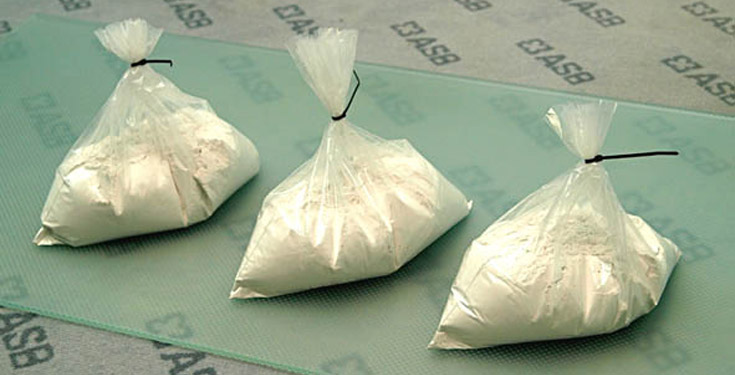When a squash ball hits a wall at high speed a mini-vacuum is generated. This vacuum arises because the part of the ball, hitting the wall first immediately leaves the wall again. The sound arising from this gave the game “sqhasssh” its name. With the even smallest unevenness this mini vacuum causes small parts of the plaster to be sucked from the wall and causes the known damage.
These damaged surfaces in the squash court cause an unwanted ball rebound, the damage gets worse and playing in the court becomes a disaster. Holes, cracks and chipping should be repaired as fast as possible. Small damage can be handled when treated on time, but if the areas are already too large it is hardly possible to carry out such a repair.
ASB’s plaster material is suitable for surfaces, that are plastered with Armourcoat or Proderite, but also for repair of conventionally built plaster courts.
The plaster material is delivered in 3 kg sets with working instructions. This material can be used for small repair jobs, like holes, chipping and cracks, as well as mechanical damage. For the repair of one square metre of plaster of 1cm thickness you need about 10 kg of the material.
The unopened plaster material can be stored up to 6 months. A dry environment is important and room temperature should be around 15° C.
Additional Information
| Time | 14 hours of work for one worker (depending on the extent of damaged areas) / 24 hours to completion |
| Difficulty | Medium - craftsmanship needed |
| Tools | Bucket (mixing bowl), mixer, trowels |
| Quantity | A 3-kg pack is sufficient depending on degree of damage for about two squash courts. |
| Category | Renovation |
| Tip | Damaged areas should be repaired immediately so that they can’t get worse and make a repair more difficult. |
| Suitable for | Plastered Court |



